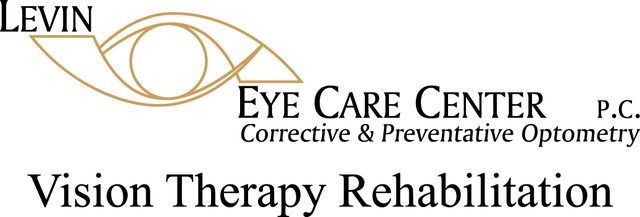Are you ready for the total solar eclipse on August 21?
Safety First – Shield Your Eyes!
It’s never a good idea to look at the sun, and that includes during a solar eclipse. It’s already important to wear UV-blocking sunglasses outside during the brightest hours of the day even when we aren’t looking directly at the sun. The light-sensitive cells that allow us to see are like delicate instruments, and looking at the sun overloads them. You can actually burn your retinas—a condition called solar retinopathy—by looking at the sun, and it doesn’t take long.
Eclipse Glasses Differ From Normal Sunglasses
Eclipse glasses are not the same as ordinary sunglasses, and even the very best polarized UV-blocking sunglasses are not sufficient protection for looking at the sun. In order to be approved by NASA, eclipse glasses can’t let more than 0.00032 percent of the sun’s light through them, they can’t have any bubbles or scratches, and they should include safety instructions printed on the earpieces. Do not risk your vision health by wearing eclipse glasses or using a solar viewer that doesn’t meet ISO 12312-2 international safety standards and please be careful buying eclipse glasses from online vendors.
Tips for safe use of solar filters/viewers from the American Astronomical Society:
- Always inspect your solar filter before use; if scratched, punctured, torn, or otherwise damaged, discard it.
- Always supervise children using solar filters.
- If you normally wear eyeglasses, keep them on and put your eclipse glasses on over them, or hold your handheld viewer in front of them.
- Stand still and cover your eyes with your eclipse glasses or solar viewer before looking up at the bright Sun. After looking at the Sun, turn away and remove your filter — do not remove it while looking at the Sun.
- Do not look at the uneclipsed or partially eclipsed Sun through an unfiltered camera, telescope, binoculars, or other optical device.
- Similarly, do not look at the Sun through a camera, telescope, binoculars, or any other optical device while using your eclipse glasses or handheld solar viewer — the concentrated solar rays could damage the filter and enter your eye(s), causing serious injury.
- Seek expert advice from an astronomer before using a solar filter with a camera, telescope, binoculars, or any other optical device; note that solar filters must be attached to the front of any telescope, binoculars, camera lens, or other optics.
- If you are inside the path of totality, remove your solar filter only when the Moon completely covers the Sun’s bright face and it suddenly gets quite dark. Experience totality, then, as soon as the bright Sun begins to reappear, replace your solar viewer to look at the remaining partial phases.
- Outside the path of totality, you must always use a safe solar filter to view the Sun directly.
Click Here for a list of reputable vendors of authentic solar eclipse glasses
What Is A Solar Eclipse?
The sun is about 400 times larger than the moon, but it’s also 400 times farther away from the earth, which is why they look the same size in the sky. When they line up with the earth just right, the moon can block out the sun, resulting in a solar eclipse. Anywhere the moon’s shadow falls, we see the eclipse, but it’s only a partial eclipse unless we’re in what’s called the “path of totality.” No matter how much of the eclipse you see, make sure you’re protecting your eyes.
To learn a bit more about solar eclipses, check out the video below:
Your Eyes’ Health Is Our Top Priority
The content on this blog is not intended to be a substitute for professional medical advice, diagnosis, or treatment. Always seek the advice of qualified health providers with questions you may have regarding medical conditions.

